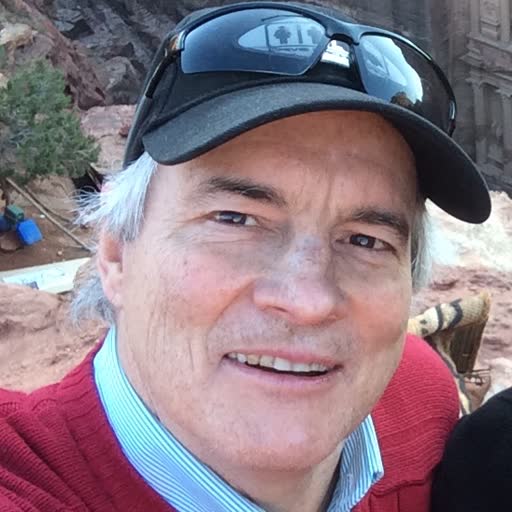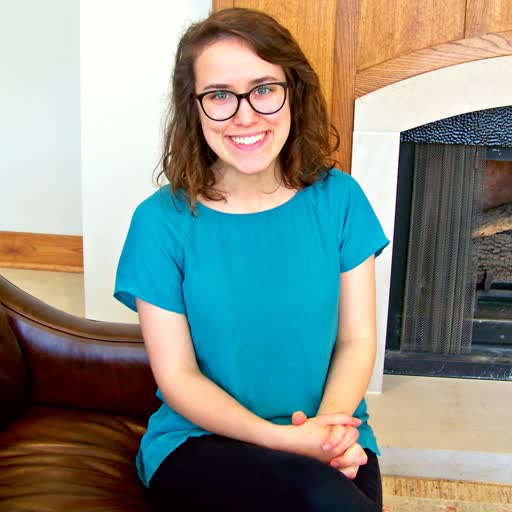
18 Contributions
0 Reports
Member of

Living Physics Portal Team

NEXUS Physics

GW Group

Contributing to the Portal, Summer 2020

Contributing to the Portal Working Group
Mark Reeves
Pedagogical Methods Used
Peer Instruction / Think-Pair-Share, Collaborative problem-solving, Conceptually-oriented activities, Context-rich problems, SCALE-UP / studio / workshop physics
Life Sciences Focus
I create/find problems where physical models uniquely illuminate biological structure and function including: power amplification mechanisms, viscosity and drag, diffusion, entropy from micro-state counting in macrostates, electrostatics in ionic solutions, nerve cell function, resonance and bandwidth in hearing and vision, impact of physical laws on evolution.
Education Research and Pedagogy Expertise
Peer-instruction, think-pair-share, group problem solving, SCALE-UP, studio physics, conversion of physical/biological research questions into introductory-level problems.
Describe the courses that you teach for life sciences students
I teach a two-semester, calculus-based class for bio-science majors and biomedical engineers. The course moves from creating models for motion and builds on mechanism for macroscopic motion of organisms and microscopic motion in organisms. By the time diffusion and entropy are introduced, the emphasis has shifted large scale to molecular and cellular models. Nevertheless macroscopic motion remains a theme throughout with evolution being framed as a nature-as-engineer response to the challenges posed by the laws of physics.
What is your approach to teaching physics for life science students?
In my course, I strive to teach the students to build multi-representational constructs to model natural systems, with an end goal to understand the unique insights obtained from a mathematical-physical description of living systems. This entails starting with standard biological representations like video microscopy and using estimation to begin quantifying them. Ultimately, I ask the students to think mathematically, at a fundamental level to integrate models, like Newton’s Laws, random motion, entropy, electrostatic interactions, and wave motion to describe those more life-science-type representations.
CONTRIBUTIONS
Diffusion moves molecules with no energy cost, but it's slow and indirect.
Probability Density, Binomial Distribution, Gaussian Distribution
Material Flow, Healthy Cardiovascular Function, Animal Respiratory Variations
LOGIN or REGISTER to see 16 more contributions, along with recent activity and contact information.




